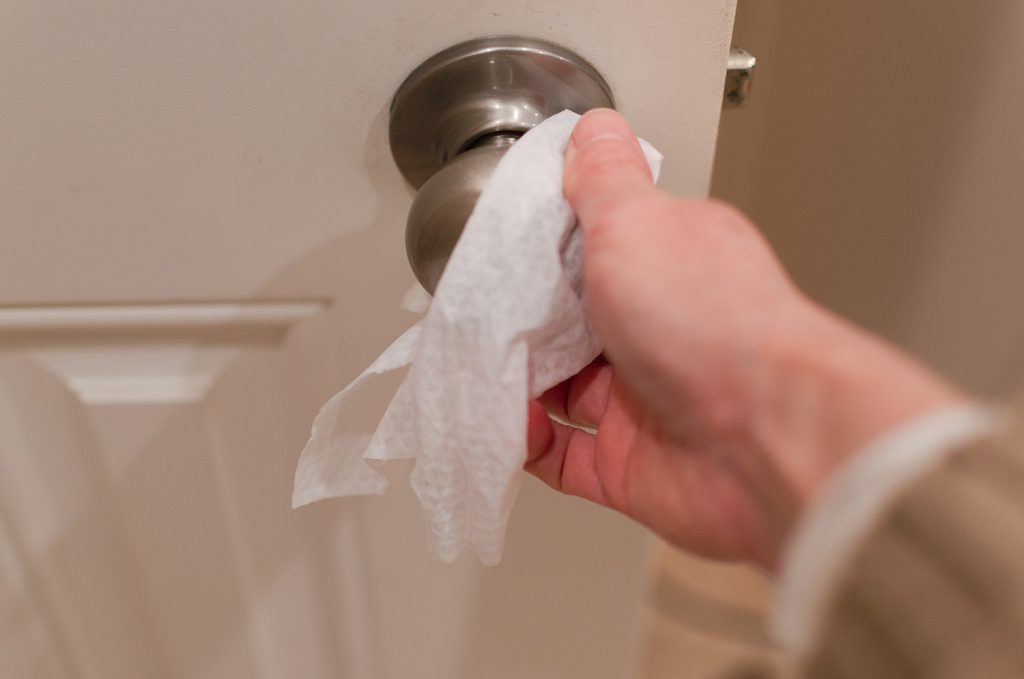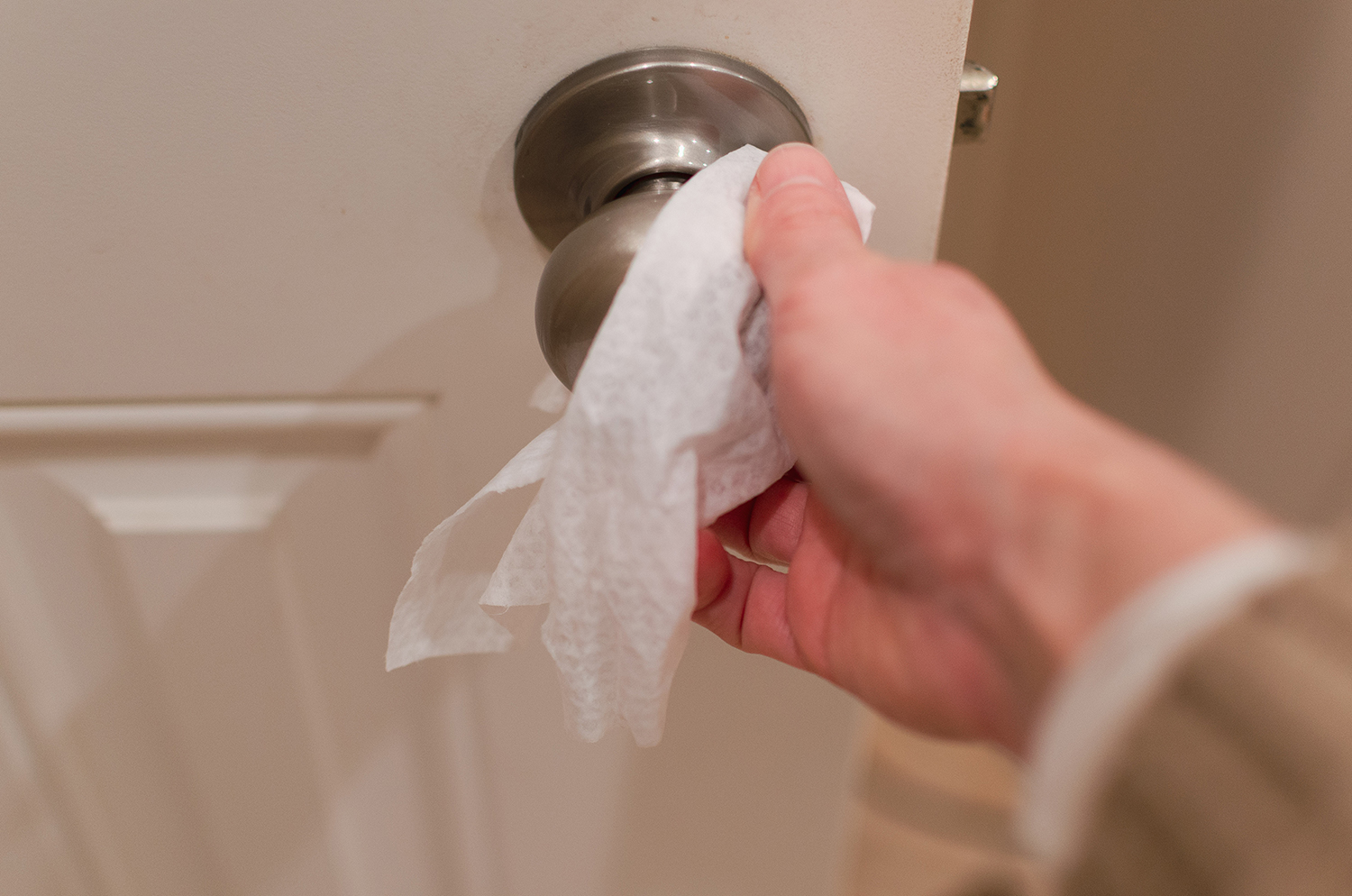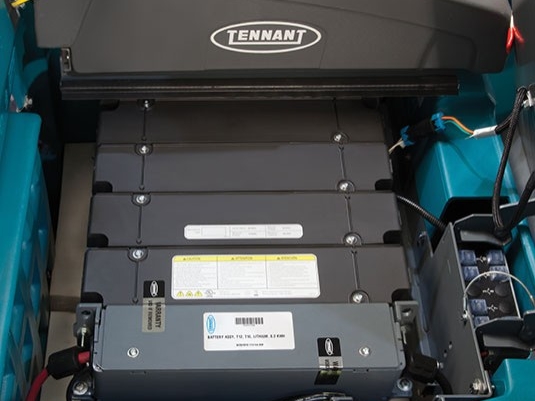Making Your Own Disinfectant Wipes
There are many “make your own” disinfectant wipes that are being promoted today. This is mainly due to the lack of commercial wipes available because of COVID-19. Making your own wipes can be a great way to create convenient, effective wipes. It is very important however to make sure that you are using the right wiper material. If the appropriate substrate isn’t used problems can occur, such as mold and mildew. Mold and mildew are often caused by a phenomenon called “quat binding”, which drastically reduces the cleaning efficacy.
Quaternary Ammonium Chloride (Quat)
Quaternary Ammonium Chloride (Quat) is a widely used, active ingredient in disinfectants. Quat is effective against germs, bacteria, and viruses. It also has a relatively low toxicity at proper dilution, has low odors, and a long shelf life. However, quat binding occurs when the active chemical in a quat disinfectant binds to a fabric and breaks it down. The degraded, or broken-down active ingredients material is not compatible with bleach-based solutions, as binding can also occur with bleach, or sodium hypochlorite, as well. If non-compatible products are use, this can be a problem with “make your own” disinfectant wipes.
Quat binding is all about attraction at a molecular level. Cellulose and airlaid materials are prone to quat binding because of their atomic charge. Quats are positively charged. They become attracted to the material, which is negatively charged, and binds to it. Instead a non-woven spunlace material is recommended for “make your own” disinfectant wipes, as it is resistant to quat binding. An example of spunlace material is Clorox wipes. If the disinfectant binds to the cellulose material it can affect the efficacy of the chemical. It can be affected even if mold and mildew have not yet occurred.
Although quat binding can’t be seen unless mold and mildew have occurred, you can test to make sure your solution is effective with an inexpensive quat test strip. If the test strip shows that the solution is no longer within the parts per million that is listed on the label, it is useless as a disinfectant. Testing your disinfectant wipes for efficacy is important.
KSS offers spunlace wiper options to create safe and effective wiper programs
To set up a program or for more information, please contact your KSS sales consultant or request information online.





